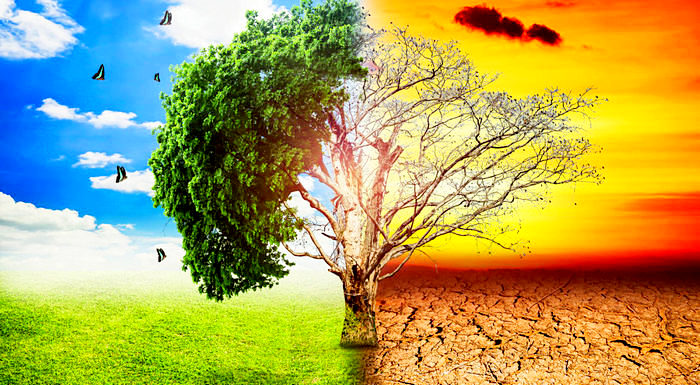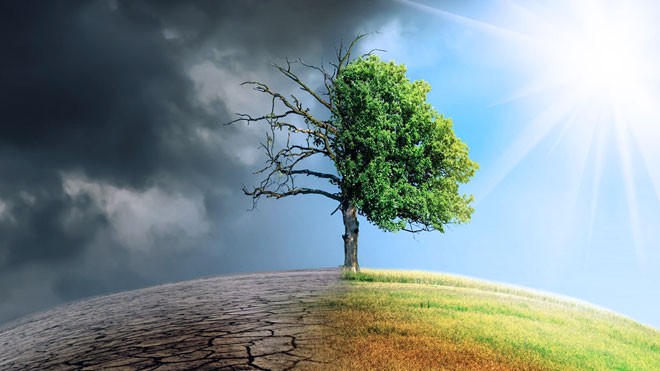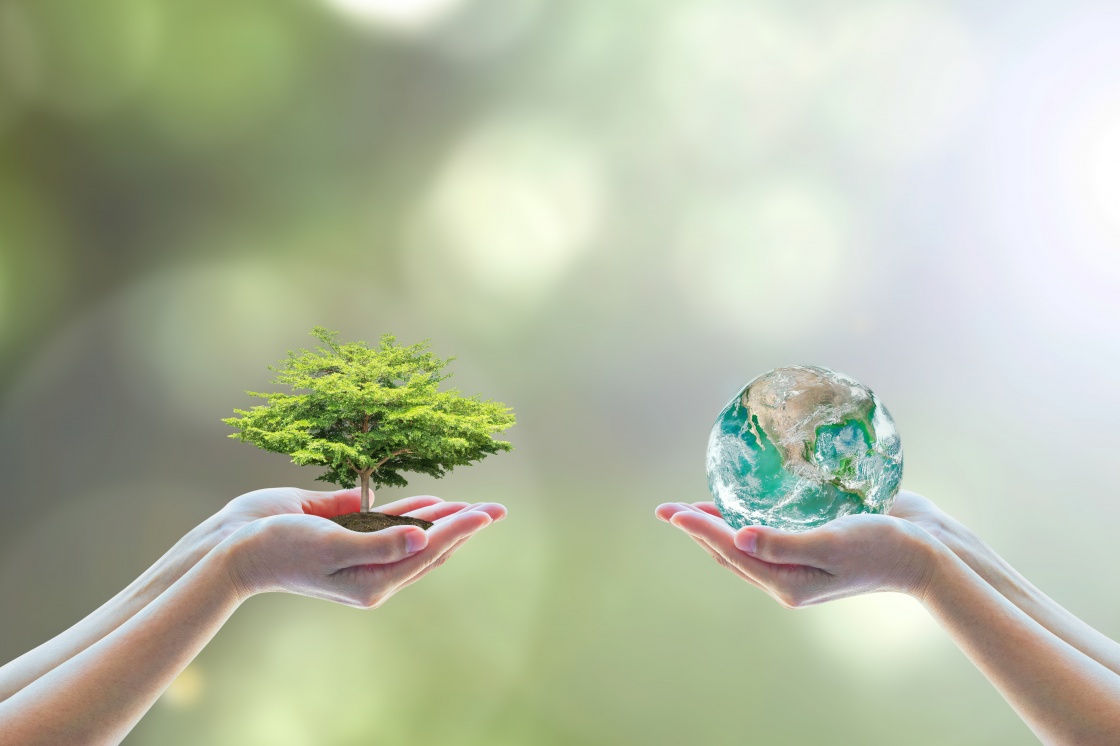
Global warming, Global warming is a process, not an event. It’s the idea that the Earth’s atmosphere is getting warmer, thanks to humans. It’s caused by greenhouse gases like carbon dioxide and methane entering our atmosphere in record amounts. If we want to stop global warming, we must reduce our carbon footprint by using less electricity and burning fewer fossil fuels.
Global warming is occurring in the atmosphere
- Global warming is occurring in the atmosphere.
- Carbon emissions are causing this global warming.
- The average temperature of the earth has increased by 1 degree Celsius (1.8 degrees Fahrenheit).
- The average temperature has increased by 0.8 degrees Celsius (1.5 degrees Fahrenheit) since 1880, with most of that increase occurring since 1970.
Carbon emissions are causing global warming
Global warming, or climate change, is caused primarily by the release of carbon dioxide into the atmosphere. Carbon dioxide is a greenhouse gas that traps heat within our atmosphere and causes temperatures to rise.
The main way in which humans are responsible for carbon emissions is by burning fossil fuels (e.g., coal, oil, natural gas) for energy such as electricity generation and transportation like cars and planes. Other sources of carbon emissions include agriculture (e.g., methane produced by cows) and deforestation (where trees are cut down).

what is global warming
Global warming is the increase in the average temperature of Earth’s near-surface air and oceans since the mid-20th century, as a result of greenhouse gases caused by human activities. The term has been in use to describe this phenomenon since at least 1895, when it was first used in an article published in The New York Times.[1] Global warming is sometimes referred to as climate change, but that phrase can also include natural processes such as changes in solar radiation output and variations in volcanic activity.
the causes of global warming
You might be wondering, “what is global warming?” Global warming is a gradual increase in the average temperature of Earth’s surface. This temperature change can have both natural and human-induced causes, but it tends to be caused largely by greenhouse gases like carbon dioxide (CO2) emitted into the atmosphere by burning fossil fuels like coal and oil.
In this article we will cover what causes global warming, how it has changed over time, and its predicted future effects.
what causes global warming
Global warming is not caused by the Sun. It’s happening because of the greenhouse effect, which is a chain reaction that happens in our atmosphere. The Earth’s oceans are getting warmer, which causes the land to get warmer too. This process also causes polar ice caps to melt and sea levels to rise because warm water takes up more space than cold water does; so when ice melts into water, its volume increases and so does its surface area!

the definition of global warming
Global warming is a term used to describe the gradual increase in the average temperature of Earth’s atmosphere and oceans. This temperature rise, which has already been observed, is caused by the greenhouse effect. A greenhouse gas traps heat from the sun and prevents it from escaping back into space (this is good for people who live in greenhouses). The greenhouse effect occurs naturally when gases like carbon dioxide trap infrared radiation emitted by Earth’s surface or by other objects in our solar system. Some of this trapped heat warms our planet; some escapes into space as infrared radiation.
what is global warming – wikipedia
Global warming is the rise in the average temperature of Earth’s near-surface air and oceans since the late 19th century. The term global warming refers to this increase in average temperature, while climate change refers to any long-term change in Earth’s climate.[1]
Global warming is caused by increased levels of carbon dioxide (CO2) and other greenhouse gases in the atmosphere. The major sources of CO2 emissions are fossil-fuel consumption, deforestation and cement production.
Global warming causes a chain reaction that entails water, ice and weather effects
The main cause of global warming is the release of carbon dioxide into the atmosphere. When you burn fossil fuels, such as coal or oil, you are releasing carbon dioxide. This gas traps heat in the atmosphere and causes global temperatures to rise.
The most obvious effect of this is that water evaporates at a higher rate than normal and forms clouds when it cools down again. These clouds trap more heat in our atmosphere and lead to hotter days with more extreme weather events like hurricanes or droughts.
This chain reaction leads to even more evaporation because there’s more water vapor in the atmosphere than usual! It also means we’re seeing more extreme weather like hurricanes because they form over warm oceans where there’s lots of energy available from increased greenhouse gas emissions caused by human activities like burning fossil fuels which powers our cars etc…

Greenhouse gases are accelerating global warming
Greenhouse gases are natural and manmade gases that trap heat in the atmosphere. They include carbon dioxide, methane, nitrous oxide, and water vapor. The greenhouse effect is a natural process by which these gases help to keep Earth’s surface warm enough so that we can live here. Greenhouse gases work like the glass walls of a greenhouse—they allow sunlight to enter but prevent heat from escaping back out into space
The Sun does not cause global warming
The Sun does not cause global warming.
When you think of the causes of climate change, the Sun is probably not one of the first things that comes to mind. But in fact, it’s one of the most important factors! When scientists talk about how much heat is trapped by greenhouse gases in our atmosphere and how this has caused an increase in temperatures over time, they’re talking about what we call “greenhouse effect.” And yes: it’s different than global warming — but like any good superhero story, there’s more than meets the eye here.
Hear us out: while most scientists agree that humans are responsible for increasing atmospheric CO2 levels since industrialization began 150 years ago (and thus causing our planet to warm), only a small fraction have attributed this trend directly back to solar activity instead—and those who do may not be right either! It turns out that while changes in solar irradiance (how much energy from sunlight reaches Earth) correlate closely with changes in temperature over periods ranging from decades up through millennia (which makes sense given that radiation from stars like ours warms planets), these two things don’t always go together when you get down into smaller scales—like individual years or even months!

The Earth appears to be warming
Global warming is real, and it’s happening. It’s caused by humans, and if left unchecked, the consequences will be disastrous.
You might not have realized that until now; you may have been more concerned with other issues like terrorism or global financial crises. However, global warming is a serious problem that affects everyone—not just those in developing countries who are already feeling its effects without being able to do anything about it.
More carbon dioxide is entering the atmosphere than leaving it.
Carbon dioxide (CO2) is a greenhouse gas that traps heat in Earth’s atmosphere. It occurs naturally in the atmosphere, but human activities such as burning fossil fuels and deforestation have increased CO2 levels. Natural processes remove some of this carbon dioxide, but not enough to keep up with the rate we are pumping it into the air—and there’s no indication that they will slow down anytime soon.
Humans are to blame for global warming.
Human activity is the main cause of global warming. Carbon dioxide (CO2), which is a greenhouse gas, is produced by burning fossil fuels such as oil and coal. These fossil fuels are burned in factories and power plants to run homes, businesses and vehicles. The carbon dioxide that’s released into the atmosphere traps heat from escaping into space causing it to warm up our planet more than it would otherwise. Humans have been burning fossil fuels for hundreds of years—but since the 20th century we’ve burned far more than ever before and at an increasing rate. This increase has caused atmospheric CO2 levels to soar past 400 parts per million (ppm) — levels not seen in millions of years!

It’s not the Sun. If we take action, we can reduce our carbon footprint to slow down climate change.
Let’s face it: climate change is a real thing. While some people think that the Earth is getting warmer because of the Sun, scientists know that this isn’t true. If you’re wondering why we need to talk about global warming, look no further than your own backyard or community park: plants and other living creatures are dying off due to temperature changes.
If you’ve ever seen an animal species go extinct in your lifetime—or even if you haven’t—it’s likely because of human actions like pollution and industrialization (which release carbon dioxide into our atmosphere). The bottom line is that we need to make big changes in order for our planet to survive.
Conclusion
We know that global warming is real, and we can see the effects of it all around us. But there’s no need to panic! We also know that humans are causing this problem, so if we take action now, we can reduce our carbon footprint and slow down climate change.
Read More : Greenhouse loft








